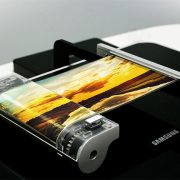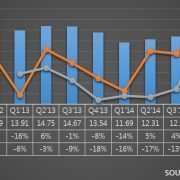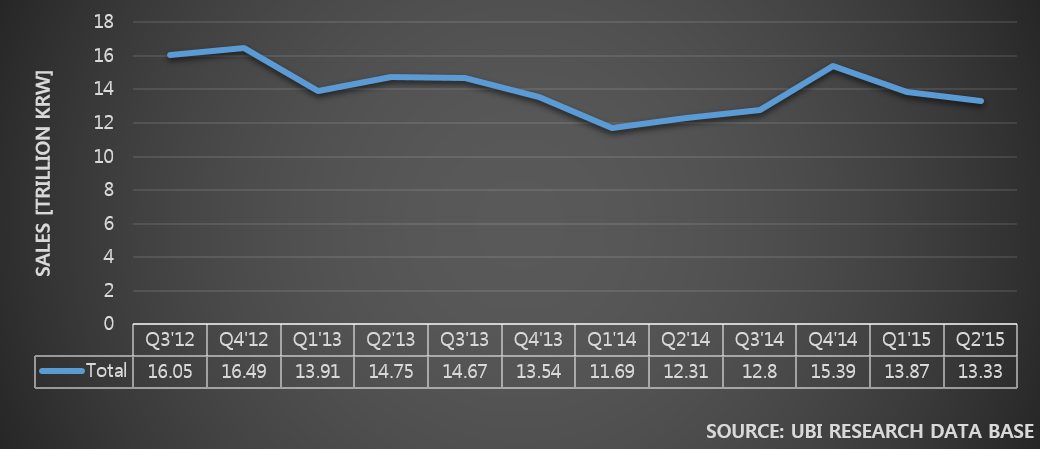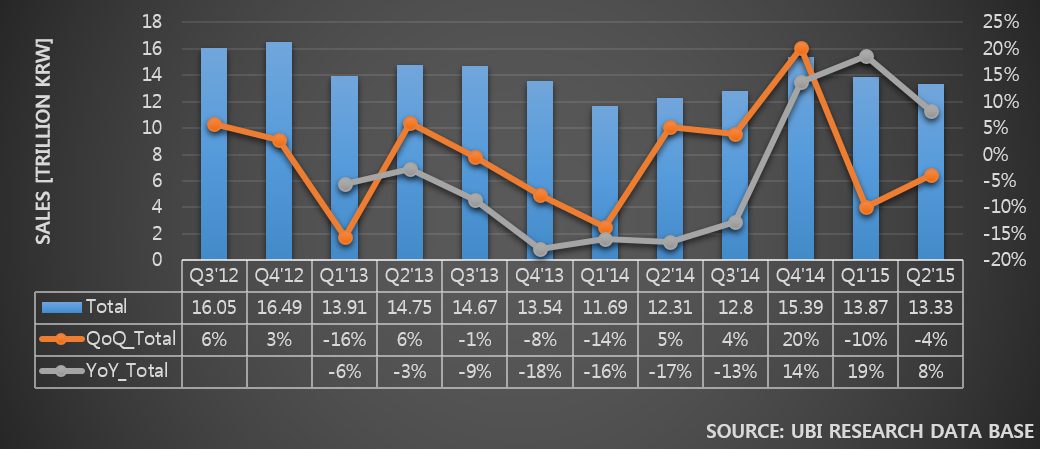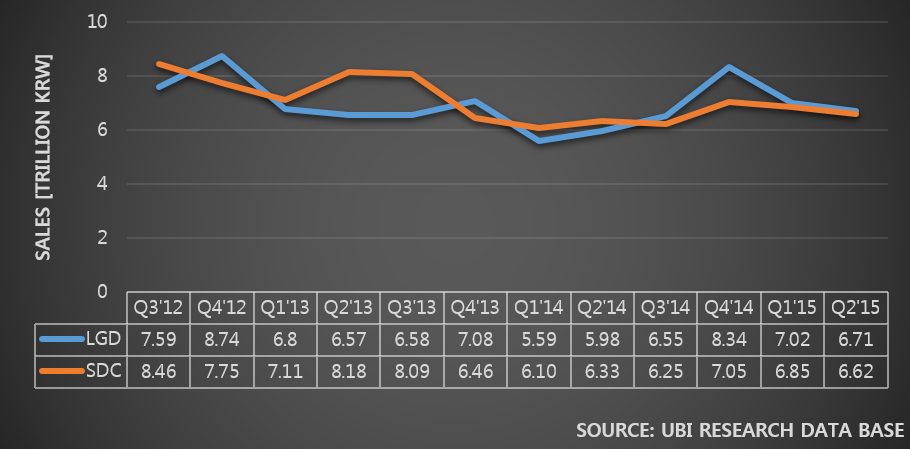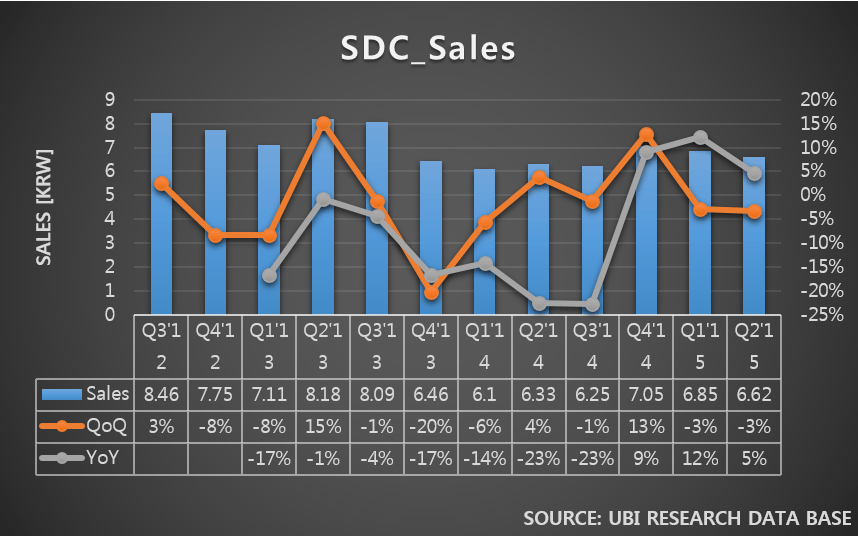[ SID 2016 ]Samsung Rollable vs. LG 77“…Collision of OLED
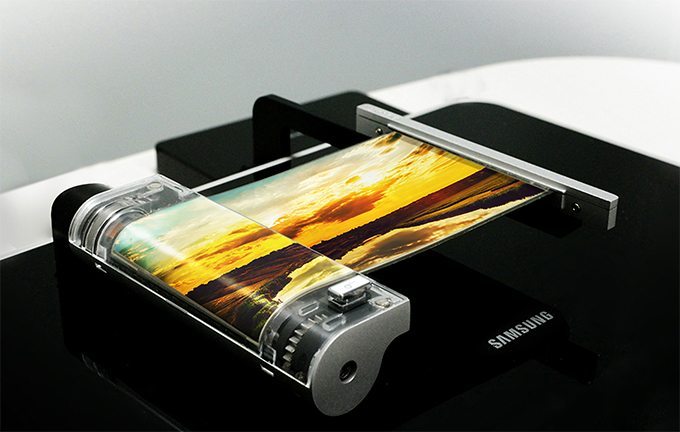
Rollable AMOLED at SID 2016 Samsung`s Booth (Source = Samsung Display)
Hyunjoo Kang / jjoo@olednet.com
Samsung Display and LG Display will showcase the technologies for next-generation displays at the 2016 Society for Information Display( SID 2016 ) conference, which is being held at the Moscone Convention Center in San Francisco from May 22 to 27.
LG Display’s next-generation technologies including OLED TVs and automotive displays will be on show at the company’s booth from May 24 to 26 At this year’s SID 2016 , LG Display is placing its emphasis on the advantages of OLED and in particular the superior picture quality it offers along with its unlimited potential in application and design. The company will present its 77-inch Ultra HD OLED TV panel which provides the same level of color gamut in displays used by film-editing professionals.
It boasts unbeatable picture performance with perfect black expression and improved brightness by applying the High-Dynamic-Range (HDR) technology. LG Display will also showcase future concept displays such as 55-inch double-sided and 65-inch concave OLED displays for signage to meeting customers’ expectation for what’s coming next.
For customers in the rapidly rising automotive display market, LG Display will showcase its automotive display product line-ups from cluster displays to the Center Information Display (CID), including a 12.3-inch curved plastic OLED display and a 12.3-inch LCD panel realizing over 1,000 nit of brightness.
LG Display will also highlight its lifelike picture quality 31.5-inch 8K4K monitor and 14-inch Ultra HD resolution notebook panel embedded with high resolution and touch functions. In addition, the company will showcase a range of displays featuring its exclusive touch embedded technology, Advanced In-Cell Touch (AIT), from the 6-inch mobile display, and 9.2-inch and 10.3-inch automotive displays that feature touch response even with a gloved hand, to the world’s first touch-enabled 15.6-inch notebook panel and 23-inch monitor panel.

